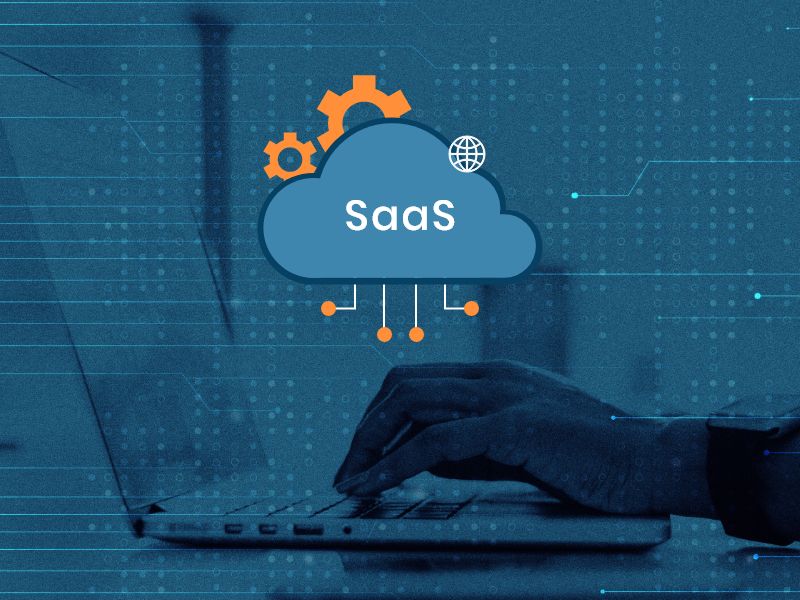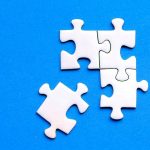Building a Winning Saas Product: Key Steps You Must Follow

In today’s digital age, businesses are always on the lookout for ways to streamline their operations and provide better services to their customers. Software as a Service (SaaS) products have become increasingly popular because they offer businesses a cost-effective way to access cutting-edge software that is scalable, flexible, and tailored to their specific needs.
But how to develop a SaaS product that meets the unique requirements of your business and appeals to your target audience? In this blog post, we will guide you through the essential steps involved in developing a SaaS product.
From identifying your target market and designing a user-friendly interface to developing features that solve your customers’ pain points, we’ll show you how to build a SaaS product that not only meets your business needs but also delights your customers.
So, if you’re a startup planning to build a SaaS product, this blog post will provide you with the tools and insights you need to develop a winning SaaS product.
Analyzing steps involved in SaaS product development
There are two important questions that arise when it comes to SaaS product development. First, why should you develop a SaaS product? And second, how to develop it?
As we know, the need to develop SaaS products has become more stronger than ever among businesses. If you are looking to build one to meet your business’s needs, then here is a comprehensive list of all steps that go into building a good SaaS product.
Identify the target market and analyze business requirements
The first step in building a successful SaaS product is to identify the target market and understand business requirements.
Conducting research, analyzing user data, and gathering feedback from prospects are important activities that this process covers. Through them, you can gain a deep understanding of your target audience, their pain points, and the features they are looking for in a SaaS product.
Build the development plan
Before you start developing SaaS products, it’s important to have a clear plan in place. This involves defining the product vision, building a roadmap, and setting milestones. By doing so, you can ensure that the development process is focused, efficient, and aligned with your business goals.
The development plan should also consider potential risks and challenges that may arise during the product development process, and outline strategies for mitigating these risks. This could include contingency plans for delays or unexpected changes in the project scope, and strategies for managing and prioritizing feature requests.
Estimate a budget
Building a SaaS application can be expensive, so it’s essential to plan your budget carefully. You’ll need to consider the cost of development, third-party services, marketing, and ongoing maintenance and support. It’s also important to account for unexpected expenses that may arise during the development process.
Also read: How to build a saas product?
Determining the level of effort it would take and the number of resources – developers, architects, testers, etc., and the cost of resources including hardware, software, and cloud services is important to estimate the budget for developing a SaaS product.
Craft a SaaS product design and build the architecture
Once you have identified your target audience and their needs, the next step is to come up with the design and build a product architecture. This involves defining the technical specifications, creating the database schema, and designing the application architecture.
It’s important to ensure that your product architecture is scalable, flexible, and easy to maintain.
Choose the development strategy
One of the first decisions you’ll need to make when building a SaaS application is whether to develop it in-house or outsource the development to a third-party vendor. In-house development offers more control over the development process and can be more cost-effective in the long run.
However, outsourcing can be faster and more cost-effective in the short term, particularly if you lack the necessary expertise in-house. If you look to outsource, it is important that you choose to work with a known SaaS product development company. Overall, take a decision evaluating your competencies and requirements.
Pick up the right technical stack
You cannot build a good SaaS product unless you don’t have access to the right technical stack. The process of choosing a technical stack involves selecting the programming languages, frameworks, and libraries that will be used to develop the product.
It’s important to choose a technical stack that is well-suited to the product’s requirements, scalable, and easy to maintain.
Develop the product
After defining the product architecture and choosing the technical stack, the next step is to start developing the product. The development process involves writing code, creating features, and implementing the user interface.
It’s essential to use agile methodologies, test the product thoroughly, and iterate as needed to ensure that the product meets the customer’s requirements.
Integrate with third-party services
Most SaaS products need to integrate with third-party services such as payment gateways, email services, and cloud storage services. This involves creating APIs and integrating them with third-party services to ensure seamless connectivity.
Your SaaS product may have to exhibit seamless integration with third-party apps to provide intended functionality, and so having strong third-party support is deemed necessary for any SaaS product.
Assure for quality
Once the product is developed, it’s essential to test it thoroughly to ensure that it is stable, secure, and meets the customer’s requirements. This involves conducting functional tests, performance tests, and security tests to identify and fix any issues before launching the product.
Your SaaS product will require a set of common testing procedures and some specific QA processes. Identify which testing you should subject your product to ascertain its performance.
Ongoing maintenance and support
After the development and launching of the product, it’s essential to ensure regular maintenance of the product. A typical maintenance process will focus on identifying and fixing bugs and carrying out upgrades, so as to enable users to uninterruptedly use the application.
Conclusion
A good SaaS product drives growth and success for your business. However, building a successful SaaS product takes time and dedication, and businesses must be willing to invest in the necessary resources, including time, money, and a skilled development team. The benefits of a successful SaaS product are worth the effort, including recurring revenue, scalability, and a competitive edge in the market.
A good product calls for a strategic approach, a deep understanding of the target audience, and a commitment to delivering an exceptional user experience.
In order to implement the steps we outlined here and to use them to build your SaaS product, you can connect with our experts. As an experienced custom software development firm, we will guide you through the journey.
You can connect with our development experts and build a successful SaaS product that solves real problems and meets customer needs, thereby enhancing your brand image in the long run.
FAQs
How important is market research for building a SaaS product, and what are the key factors to consider?
Without market research, you can never empathize with your SaaS product audience. So, good market research is an inevitable part of the overall SaaS product development.
Key factors to consider when driving market research are:
- Understand audience base
- Determine market size
- Analyze competition (pricing models and strategies)
- Stay updated with the latest SaaS trends
What is the role of user experience (UX) design in the SaaS product development process?
In today’s highly competitive era where users value flexibility to use features along with strength of features, user experience (UX) design becomes a vital element. It is with UX, that you can stand out from the crowd. Thus, quality UX enhances product value and encourages adoption of a SaaS product, thereby increasing the subscription accrual.
What is the role of customer feedback in the SaaS development process?
Feedback throws light on those features of your SaaS product that require improvement. and captures those elements which you are missing. It is thus of utmost importance during development and testing. Seeking feedback and addressing it helps you smoothly incorporate and release new features and updates, which makes it crucial to provide seamless experience to users and build trust.

